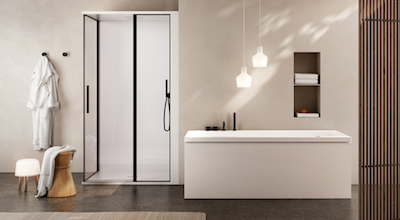Modern furniture home furnishings
ArredareModerno.com has always been the e-commerce for excellence and a reference point for home design. All you can find on Arredaremoderno.com will be the right answer to the most refined and demanding needs for a modern and elegant décor.
The first advice we can give to all our users is certainly to navigate and search among our proposals in order to deepen your knowledge and open up new ideas for the decor of your home.
Featured Products
-
£1,779.49 -15% £2,093.52 Regular priceCaadre Fiam
-
£1,993.97 -15% £2,345.85 Regular priceSkorpio Cattelan Italia
-
£1,641.05 -10% £1,823.39 Regular priceCircle Bontempi Lamp
-
£982.77 -30% £1,403.95 Regular priceNubea Glass 1989 bathtub
 Arredare Moderno
Arredare Moderno








































